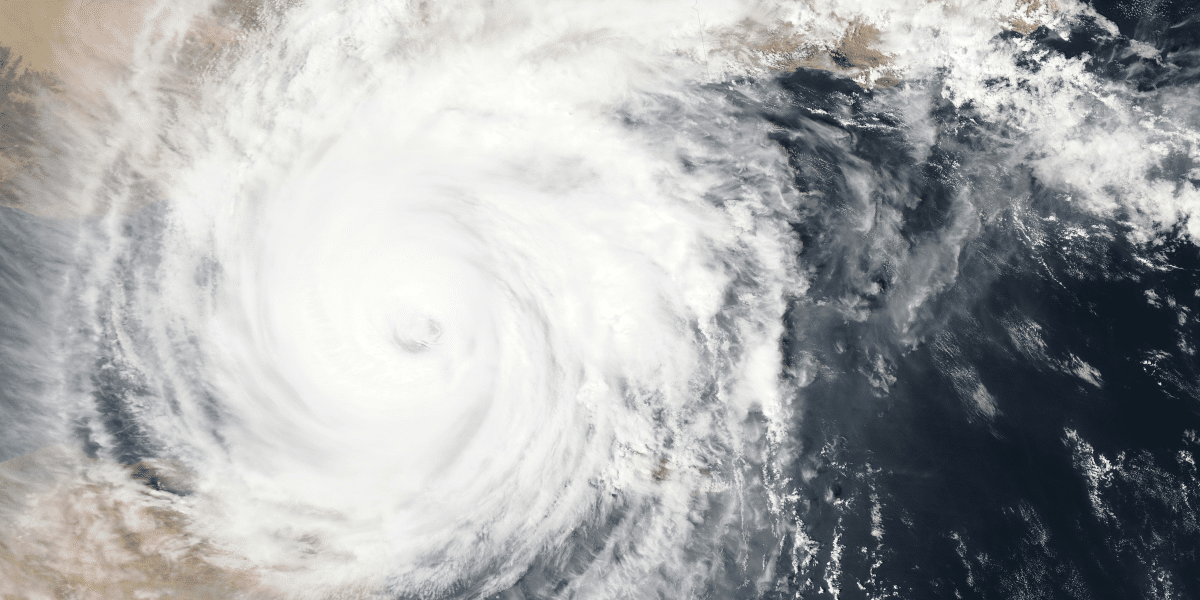Image commercially licensed from: Unsplash
Source: Reuters
The devastation that Hurricane Ida left the residents of Houma, Louisiana, is quite overwhelming, leaving over 600,000 individuals without potable water and a million homes and businesses without any electricity. The storm damage that was revealed three days after the horrible hurricane shocked officials to the core, as reconnaissance efforts showed entire communities hammered to the ground.
Louisiana Governor John Bel Edwards is calling for help, specifically emergency supplies and bulk fuel that will augment the basic needs of hundreds of thousands of residents affected by the hurricane. President Joe Biden is due to visit the area on Friday to see the extent of the damage for himself.
“The state of Louisiana provides fuel for the rest of the country. And now we need the rest of the country to give up a little bit of their fuel to come back to Louisiana,” Edwards said.
Hurricane Ida came during the 16th anniversary of Hurricane Katrina, which left 1,800 casualties and nearly destroyed most of New Orleans. Residents of Louisiana came to remember that traumatic experience when Hurricane Ida came with strong winds that left numerous families homeless. The coastal towns of Jean Lafitte, Barataria, and lower Jean Lafitte were all badly hit.
Mayor Tim Kerner of Jean Lafitte revealed that the town sustained catastrophic flooding and an estimated 90% damage to most homes in the area. Local authorities shared that at least 400 people decided to stay despite the storm warning. As a result, dozens of them ended up on rooftops and attics waiting to be rescued by local emergency responders.
The island town of Grand Isle was declared uninhabitable by its parish president after structures were covered by three feet of sand after the storm passed.
“I had no idea how devastating the storm was,” Jefferson Parish President Cynthia Lee Sheng said in a news conference. She flew over to Grand Isle and the other areas that Ida devastated together with U.S. Representative Steve Scalise, whose district bore the storm’s fierceness the most.
“We are a broken community right now,” Lee Sheng sadly announced. “It looks like matchsticks, like a little pile of matchsticks that you’re flying over.”
On the Grand Isle alone, with a population of 740 people, structures sustained heartbreaking damages. 40% of its structures were destroyed, according to Sheng.
As of August 31, a lot of homes in many areas were left submerged in water. NASA images gave authorities a clear picture of the blackout situation in Louisiana, affecting Houma, Thibodaux, and New Orleans.
According to authorities, the storm left six casualties, two of which were electricity workers in Alabama, who were doing important repairs on the power grid when the storm broke.
Hurricane Ida was classified a Category 4, the second-highest classification for hurricanes, and made landfall near Port Fourchon, Louisiana, south of New Orleans. It had maximum sustained winds of 150 miles an hour after it crossed the warmest and driest part of the Gulf of Mexico. After it made landfall, the hurricane started to steadily weaken and was downgraded to a tropical storm, with maximum sustained winds of 45 miles per hour.
At present, there are more than 1,600 emergency personnel deployed across the state to do search and rescue initiatives.








